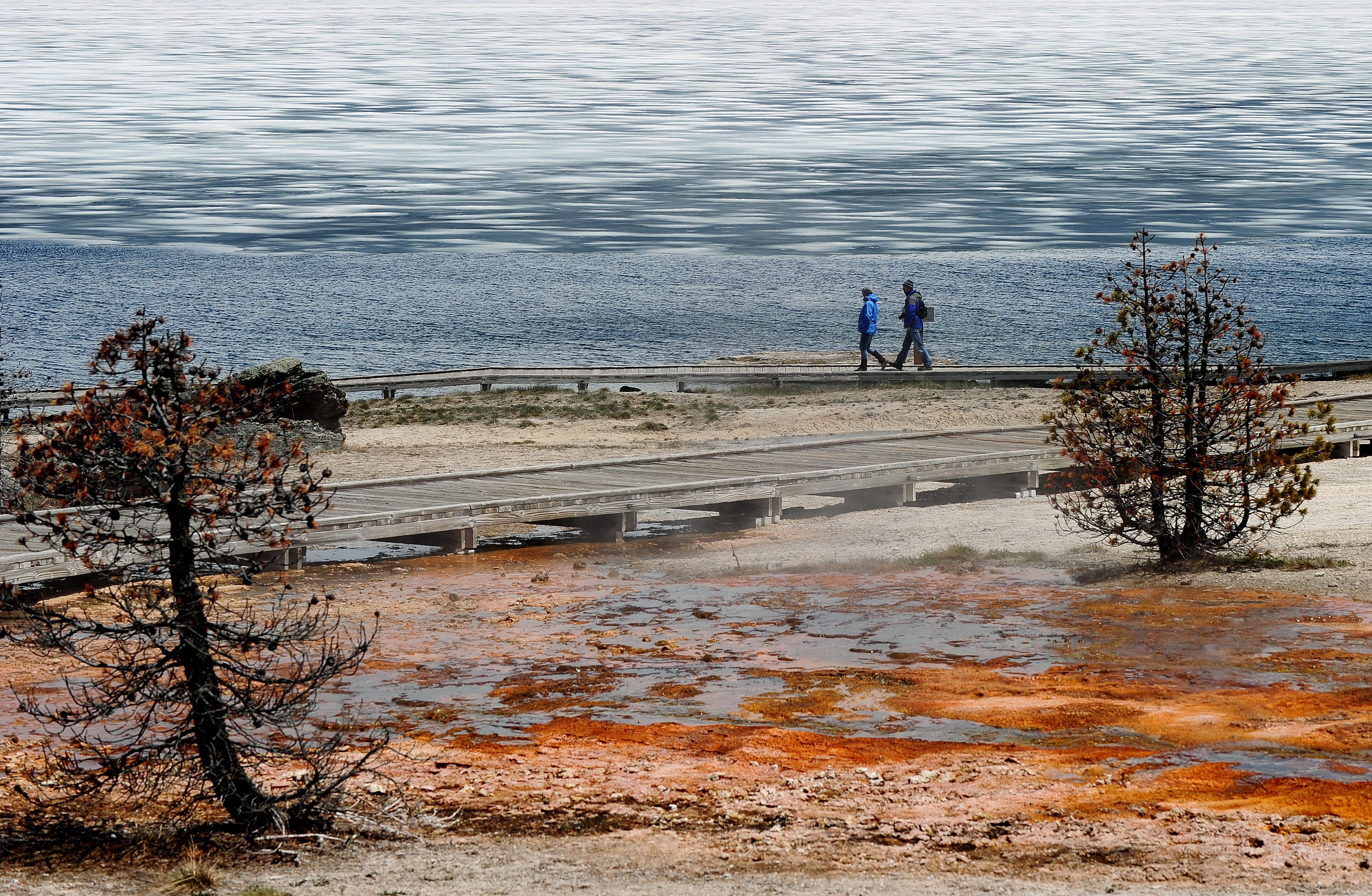Several readers have sent me this story about a 3-year-old girl named Ella Marie Tucker who shot and killed herself this weekend in Yellowstone National Park with a handgun that reportedly belonged to her father. The girl and her family had been camping at Grant Village Campground, a massive RV and tent campground on Yellowstone Lake. Though authorities have not yet announced whether the shooting was unintentional or deliberate, I am going to go out on a limb and predict that this 3-year-old girl did not mean to kill herself. But it doesn’t really matter whether the shooting was intentional or not. The very fact that a 3-year-old girl was able to access and shoot a handgun means that it was irresponsibly stored.
You might be surprised to learn that it is indeed legal to carry a loaded handgun in a national park, thanks to Sen. Tom Coburn, who in 2009 attached an entirely unrelated guns-in-parks rider onto existing legislation proposing a bill of rights for credit card holders. (National parks had been largely gun-free for decades.) The bill passed, and, in 2013, Coburn went on television and claimed that violent crime in national parks had dropped by 85 percent since the law went into effect—a claim that PolitiFact rated “false.”
I suppose there are plenty of good reasons why you might want to carry your gun into a national park. Maybe you’re afraid of bears, or thieves, or the bogey man. Maybe you just feel safer when you’re carrying a gun. Maybe you don’t even have a good reason for doing so, which is totally fine, because it’s a free country, and it’s your legal right to bring your loaded gun into a cramped tent in a busy campground packed with vacationers.
But as I’ve written before, the right to bear arms ought to imply the responsibility to bear them safely, especially if the gun owner has children. Children are curious, inexperienced, and impulsive, prone to going where they’re not allowed and touching things they shouldn’t. Every parent knows this, which is why, if you are both a parent and a gun owner, you have to presume that, if given the opportunity, your children will find a way to get their hands on your gun. And so parents have to take the appropriate precautions to avoid this outcome. If your gun is loaded, keep it within reach and sight at all times. Otherwise, unload the gun, clear the chamber, and lock both away in a gun safe or a similarly secure location.
Just about every single unintentional child shooting death I’ve written about since I started covering this issue could’ve been prevented if the relevant adults would’ve taken these simple steps. And though I don’t yet know for sure what happened in this Yellowstone incident, I do know that there’s no reason to suspend the rules of gun safety just because you’re on vacation. Portable gun safes exist, and are no more expensive than a sleeping bag or a stove or any other gear you’d bring on a camping trip. It takes 90 seconds to lock up your gun before bedding down for the night. It’s reckless not to do so. And if someone dies as a result of that recklessness, it ought to be considered criminal negligence.
Crime is Slate’s crime blog. Like us on Facebook, and follow us on Twitter @slatecrime.
